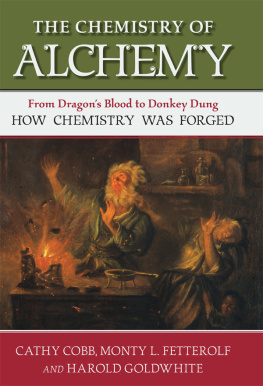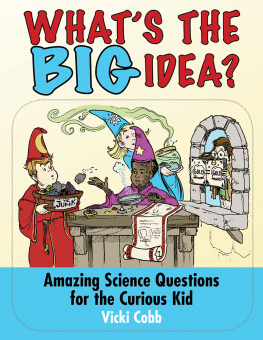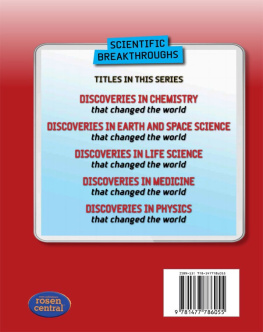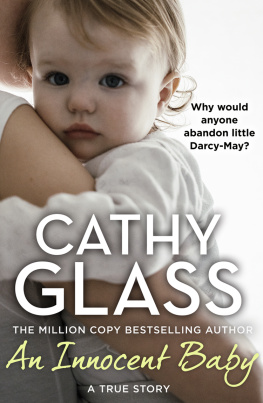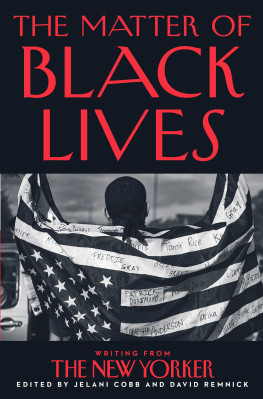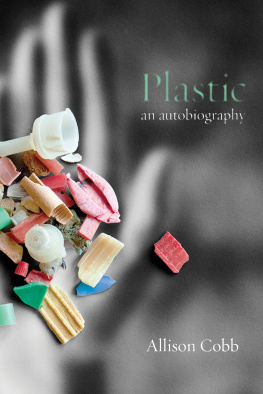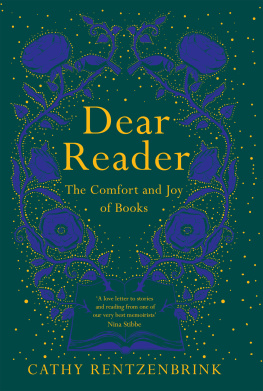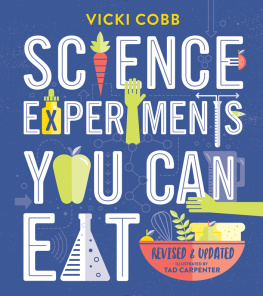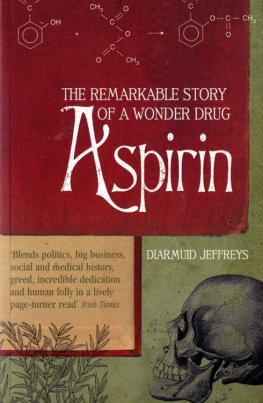Creations of Fire
Chemistrys Lively History from Alchemy to the Atomic Age
Cathy Cobb
and
Harold Goldwhite
Many of the designations used by manufacturers and sellers to distinguish their products are claimed as trademarks. Where those designations appear in this book and Perseus Publishing was aware of a trademark claim, the designations have been printed in initial capital letters.
Copyright 1995, by Cathy Cobb and Harold Goldwhite
All rights reserved. No part of this publication may be reproduced, stored in a retrieval system, or transmitted, in any form or by any means, electronic, mechanical, photocopying, recording, or otherwise, without the prior written permission of the publisher. Printed in the United States of America.
Cataloging-in-Publication Data available from the Library of Congress
ISBN-10: 0-7382-0594-X ISBN-13: 978-0-7382-0594-6
ebook ISBN: 9780786731091
Previously published by Perseus Publishing
Published by Basic Books, A Member of the Perseus Books Group
Find us on the World Wide Web at http://www.perseuspublishing.com
Books published by the Perseus Books Group are available at special discounts for bulk purchases in the United States by corporations, institutions, and other organizations. For more information, please contact the Special Markets Department at the Perseus Books Group, 11 Cambridge Center, Cambridge, MA 02142, or call (617) 252-5298, (800) 255-1514 or e-mail .
First paperback printing, December 2001
Creations of Fire
Chemistrys Lively History from Alchemy to the Atomic Age
Dedication: To Marie, as always
Acknowledgments: James Bohning and Marjorie Gapp of the Chemical Heritage Foundation; and the staff of the John F. Kennedy Library and Creative Media Services, California State University, Los Angeles, for assistance with illustrations.
H. G., 1995
Dedication: To Monty, Mathew, Benjamin, and Daniel. I couldnt have done it without you, and without you there would have been no reason to try.
Acknowledgments: The staff of the Augusta College Reese Library, Augusta, Georgia; the Augusta College Office of Public Relations; the faculty and staff of the Department of Chemistry and Physics, Augusta College; and the staff of the Library of the University of South Carolina at Aiken, Aiken, South Carolina.
Thanks: I would like to thank the people who taught me chemistry my mentors Marshal Cronyn and Richard Martinand the people who taught me how to write: Savage Williamson, the first editor who ever had the faith, and Barbara Jordan, who taught me the value of a good quote. I would like to thank the Plenum editors for all their hard work, excellent guidance, and patience, especially Melicca McCormick, Linda Regan, and Deirdre Marino-Alessandri.
I would like to thank my father, mother, Judi, Marshal Cronyn, and Dave Karraker (for wading through the text in various crude forms and offering invaluable suggestions and support), my friends Gary and Mara, Paula, Debbie, Alice, Barbara, Daphne, and Doris (who have always believed in my wildest schemes, though I have never known why), and the people who trusted me with their valued books, Drs. Harold Kelly, Ann Wilbrand, Kutty Pariyadath, Monty Fetterolf, and Sam Meyers.
C. C, 1995
The chemists are a strange class of mortals who seek their pleasures among soot and flame, poisons and poverty... yet among all these evils I seem to live so sweetly... may I die if I would change places with the Persian King.
John Joachim Becher, alchemist, ca. 1650

Apologia
A s a wise chemist once said, There is an important question that must be asked when approaching any difficult project for the first time, and that question is, Why bother? Consequently before writing this history of chemistry, we had to ask ourselves, with so many excellent histories already available, why should we write one more?
One obvious reason of course is that there are new threads, such as high-temperature superconductors, buckminsterfullerene, and the cold-fusion fiasco, that need to be woven in. But another reason is approach: History is open to interpretation (even history captured on videotape, as we have seen), so there is always something to be gained from trying a different approach.
The approach we chose is not that of exhaustive historical research. What we have given here is an overview of the history of chemistry (though with accompanying footnotes and bibliography), and a work completely derived from secondary sources (one venture into primary sources embroiled us in medieval Latin before we abandoned it). To borrow a phrase from Bernard Trevisan (alchemist, 1300s), we looked for where most books were in agreement.... And in this way... found the truth.
The approach we chose is also not that of a technical treatise. A quick scan through the pages reveals few formulas or equations and recondite matter painted with a rather broad brush. We strove to convey an intuitive understanding of concepts so that the interested reader who goes on to the details encounters them on friendly terms.
The approach we did choose is that of a humanized history of chemistry: one that tracks social history along with chemical history and portrays the personalities of the people creating the history as well as the events themselves.
We chose this approach because it quickly shows that chemical inspiration is not limited to any one culture or climate, but extends all over the globe. World politics dictate the rate and location of chemical discovery, and chemical discovery changes the politics of the world. The approach also shows that chemical heroes are not limited to scholars and academics, but include hedonists and hermits, dullards and daredevils, saints and charlatans, doctors and lawyers, and men and women working in garages and kitchen sinks. The creators of chemistry are capable of great inspiration but also of petty bickering, jealousy, obstinacy, chauvinism, and pride. Chemical theory is not the product of biologically different brains but the fruit of ordinary, fallible, human minds.
But did we choose this approach because it shows the great chemists are not as great as we believed them to be? No. We chose it because it shows that the potential for greatness is something within us all.

Preface
T he history of chemistry is a story of human endeavorand as erratic as human nature itself. Progress has been made in fits and starts, and it has come from all parts of the globe. Because the scope of this history is considerable (some 100,000 years), it is necessary to impose some order, and we have organized the text around three discerniblealbeit grossdivisions of time: Part 1 (Chaps. 17) covers 100,000 BCE (Before Common Era) to the late 1700s and presents the background of the Chemical Revolution; Part 2 (Chaps. 814) covers the late 1700s to World War I and presents the Chemical Revolution and its consequences; Part 3 (Chaps. 1520) covers World War I to 1950 and presents the Quantum Revolution and its consequences and hints at revolutions to come.
There have always been two tributaries to the chemical stream: experiment and theory. But systematic experimental methods were not routinely employed until the 1600sand quantitative theories did not evolve until the 1700sand it can be argued that modern chemistry as a science did not begin until the Chemical Revolution in the 1700s. We argue however that the first experiments were performed by artisans and the first theories proposed by philosophersand that a revolution can be understood only in terms of what is being revolted against. Therefore we begin our story with the work of healers, artists, clothiers, and metal workers and show how early philosophersexplicitly or notused the observations of artisans to develop the first chemical theories. One of these theoriesthe four-element (fire, water, earth, and air) theory of Aristotlebecame the focus of experimental efforts for some two thousand years.


